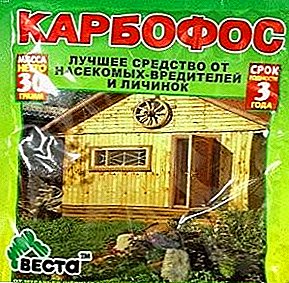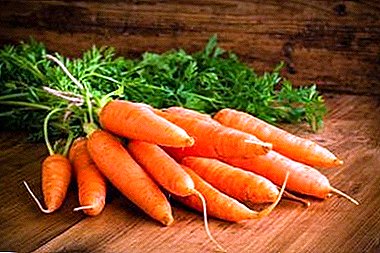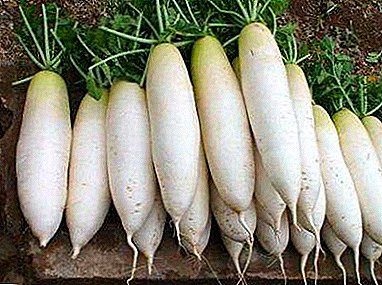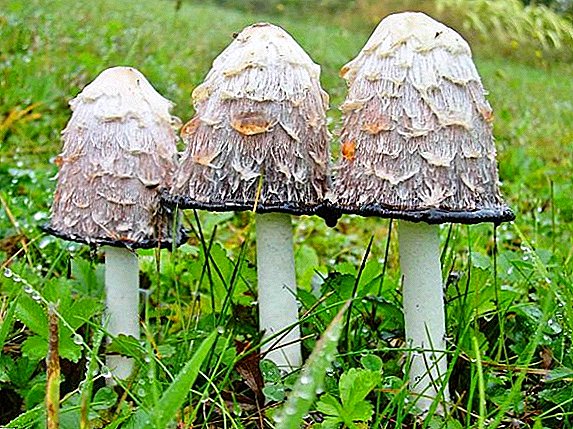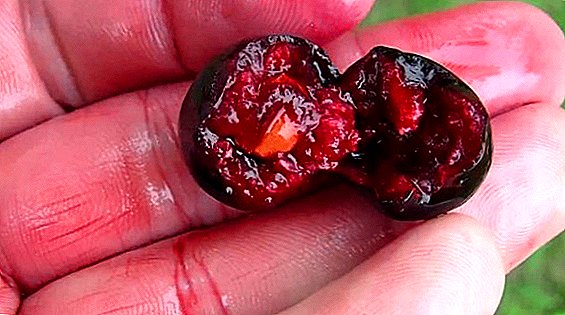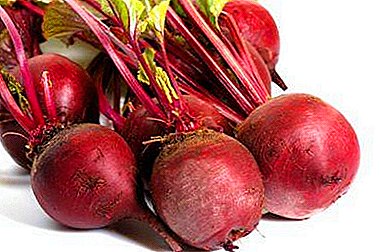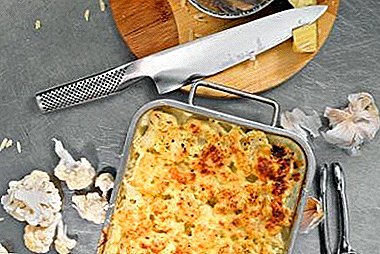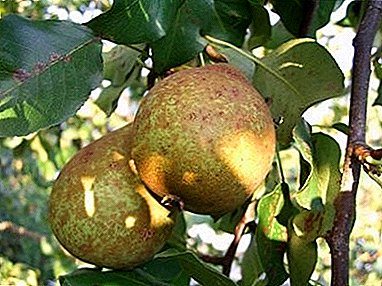 Despite the fact that chickens are considered to be unpretentious in food, there are products that can both benefit and harm their health.
Despite the fact that chickens are considered to be unpretentious in food, there are products that can both benefit and harm their health.
Is there any place in the chicken ration for such a simple and common vegetable as beets, and what are the pros and cons of this feed, we will look further.
Is it possible to give chickens
Experts say that not only can, but also need, and not only root vegetables, but also tops have benefits. Having gathered the harvest, the tops are silted in glass or wooden containers, filling them tightly, slightly primed and sealed hermetically.
However, since there are several types of beets, the properties of each should be discussed separately.
Red beets
By itself, this vegetable is very useful because it contains everything necessary for the development and existence of the substance. However, a large amount of red beet does not bring benefits - this root crop can cause disorder of the digestive system, which causes dehydration of the body.
Important! Red beet has a laxative effect, as a result of which the chickens stop rolling.Many farmers claim that by using this root crop, the degree of aggression increases, and birds become prone to fighting. Such a state is caused by fecal masses, which become red after consumption of beets: this color irritates the bird, and feathers soiled around the cloaca can push the hens to attack neighbors.
 For these reasons, red beets can be introduced into the diet in limited quantities or completely abandoned.
For these reasons, red beets can be introduced into the diet in limited quantities or completely abandoned.Fodder beetroot
It is an excellent source of vitamins and essential trace elements, both in summer and in winter. Feed beet improves appetite and digestibility of feed to almost 70%.
The correct use of this vegetable practically does not lead to negative consequences. Farmers are advised to add to the feed not only tubers, but also succulent leaves, rich in fiber and dietary fiber.
Find out if you can feed chickens with onions, potatoes, bread, peas, garlic, oats and whether to add salt to their diet.
Fodder beets are given raw or boiled, mixing no more than 30-50 g per individual in the feed. It is best to include this root vegetable in the diet in winter, when birds are deprived of proper walking and most of the vitamin products. 
Sugar beets
If your goal is to increase the weight of an agricultural bird, then this root crop is just a godsend. Vegetable contains a lot of glucose, but fiber, on the contrary, is moderate.
Before giving such a beet to chickens, it is better to boil it and a little grind. Chickens are accustomed to the vegetable gradually. The ideal dosage for adults is 50 g per chicken per day. Sugar beets can be frozen and birds fed to it throughout the winter.
Important! Can't be long Keep thawed product. In such a beet, nitrites and nitrogen are accumulated, and chickens may be poisoned by it.
Contraindications and harm
When adding beets to feed, it should be taken into account that this should be done carefully and metered. Non-compliance with the recommended doses can lead to the following consequences:
- diarrhea;
- depressed state;
- falling egg production;
- pecking;
- cannibalism.

What else can feed chickens
Almost all vegetables bring only chicken to the hens, and poultry houses claim that they must be included in the diet as a source of vitamins and beneficial elements. But also in the diet of chickens, you can add some more products, about which we present the information below.
Potatoes
It is useful to give boiled potatoes to chickens. As a feed you can use small and damaged fruits. This root is well digested, the birds willingly eat it.
Important! Greened tubers or potato sprouts are not suitable for food.
Enter into the diet can be from 100 grams of vegetable per day. The age from which you can give potatoes to chickens is 15-20 days. 
A fish
The poultry houses know that in small quantities animal food (fish, meat) is useful for chickens, but not in smoked or salted form. Animal feeds have a great effect on egg production and on the weight gain of young animals. In addition, animal products contain fats, the lack of which leads to the appearance of brittle feathers and baldness of the back, chickens become fearful.
Fish (including fish meal) is useful because it contains a complete set of amino acids that are so necessary for the bird's body.
Read about how much feed a laying hen needs per day.
Adults are given boiled fish remains (head, tail) in the form of wet mashes. At a time when the young are not walking (winter, early spring), from the fifth day of life, fish oil is introduced into the diet. Norm - 0.1-0.2 g per individual. Fish oil is mixed with crushed grain or egg mixture and given in the morning, at the first feeding.
Cabbage
Aft view is an excellent green supplement. The advantage of cabbage is that it can be stored fresh until spring, while it does not lose its qualities.  Chicken cabbage give only chopped, mixing with flour. Professionals stock up for the winter with cabbage silage: pickle the cabbage itself and the remnants of it, adding a little salt. Also in winter, a whole head of cabbage can be hung in a chicken coop so that the birds can reach and pinch it.
Chicken cabbage give only chopped, mixing with flour. Professionals stock up for the winter with cabbage silage: pickle the cabbage itself and the remnants of it, adding a little salt. Also in winter, a whole head of cabbage can be hung in a chicken coop so that the birds can reach and pinch it.
Did you know? The number of domestic chickens is about 3 times the number of people living on Earth.
Beans
Legumes are considered a valuable component: they contain a lot of protein, so they are mainly given during the preparation of chickens for the breeding season, that is, during the production of eggs for further incubation.
Beans are crushed not too finely and mixed with the main feed. If it is not possible to crush, the grains are boiled and then crushed.
Bean stalks along with the leaves will also be useful: they can be dried for the winter time.  As you can see, beets, like many vegetables, are not only useful, but also one of the main components in the diet of chickens. The most important thing is to observe the dosage and closely monitor the condition of the birds.
As you can see, beets, like many vegetables, are not only useful, but also one of the main components in the diet of chickens. The most important thing is to observe the dosage and closely monitor the condition of the birds.
Reviews




